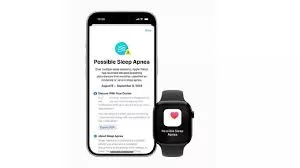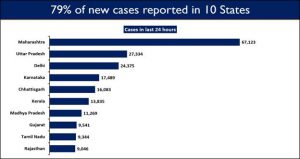Chicago, IL – Scientists have unveiled a novel smartwatch-derived metric that could significantly enhance the early detection of heart disease. Researchers have developed a formula, dubbed Daily Heart Rate Per Step (DHRPS), which outperforms traditional measures like step count and heart rate in predicting cardiovascular risk. This innovative metric, presented at the American College of Cardiology’s Annual Scientific Session (ACC.25), suggests that dividing a person’s average daily heart rate by their daily step count provides a more accurate reflection of cardiovascular fitness.
“The metric we developed looks at how the heart responds to exercise, rather than exercise itself,” explained Zhanlin Chen, a medical student at Northwestern University Feinberg School of Medicine and the study’s lead author. “It’s a more meaningful metric because it gets at the core issue of capturing the heart’s capacity to adjust under stress as physical activity fluctuates throughout the day.”
The study analyzed data from nearly 7,000 U.S. adults who contributed their Fitbit and electronic health records to the All of Us research program, a nationwide initiative supported by the National Institutes of Health. This vast dataset, encompassing 5.8 million person-days and 51 billion steps, revealed that individuals with elevated DHRPS (in the top 25th percentile) were significantly more likely to experience serious heart-related conditions.
Specifically, those with high DHRPS were approximately twice as likely to have Type 2 diabetes, 1.7 times as likely to have heart failure, 1.6 times as likely to have high blood pressure, and 1.4 times as likely to have coronary atherosclerosis. Notably, DHRPS proved to be a stronger predictor of cardiovascular disease diagnoses than either daily heart rate or step count alone.
Researchers suggest that DHRPS could serve as an early indicator, prompting individuals to seek further screening or engage in cardiovascular conditioning. The simplicity of the formula allows for self-calculation or potential integration into smartwatch applications.
“Wearables are welcomed by the consumer and worn throughout the day, so they actually have minute-to-minute information about the heart function,” Chen said. “That is a lot of information that can tell us about a lot of things, and there’s a need to further study how this detailed information correlates with patient outcomes.”
While the study presents a promising initial validation of DHRPS, researchers emphasize the need for further prospective studies with higher temporal resolution to refine and validate the metric. Future research will explore tracking DHRPS at a minute-by-minute scale, rather than daily averages.
Chen will present the study, “Daily Heart Rate Per Step (DHRPS) as a New Wearables Metric Associated with Cardiovascular Disease,” on Saturday, March 29, 2025, at 9:30 a.m. CT / 14:30 UTC in Moderated Poster Theater 10.
Disclaimer: This article is based on preliminary research findings presented at a scientific conference. The information provided should not be interpreted as medical advice. Individuals with concerns about their heart health should consult with a qualified healthcare professional. The accuracy and effectiveness of DHRPS as a diagnostic tool require further validation through additional research and clinical trials. Smartwatch data should be used as a supplementary tool and not as a replacement for professional medical evaluation.












